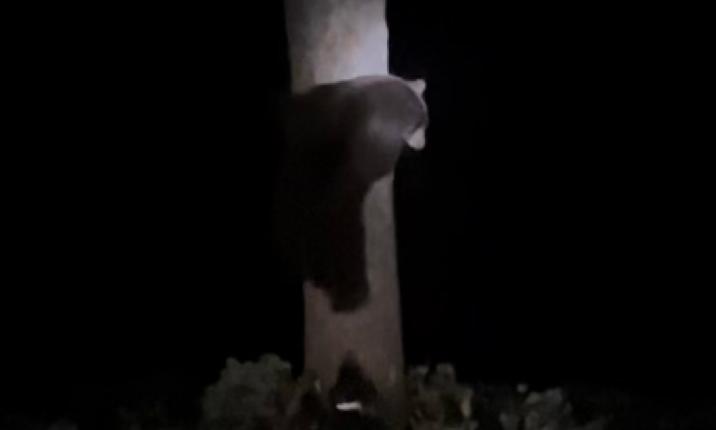Organized Religion in Sierra County, 1880-1890 - Part 3
By William Copren
May 18, 2023
The Methodists were a well administered church. Possibly because of their democratic structure and methods, their congregations also were active socially. They incorporated a number of social organizations into their church life. The Sunday schools were particularly active. These social organizations gave concerts, public dinners, and festivals. These activities had a two-fold purpose. They offered an evening of entertainment, food and relaxation; and they brought in money to pay the minister and build and repair churches. The lady’s Methodist Social Union was one of the many social organizations that flourished within Sierra County. The women arranged entertainment and dinners as fund raising projects and then used the money to buy paint, carpet or a bell for their church building. At their meetings they painted church walls or laid new carpets in the aisles. Two other Methodist sponsored organizations were less materialistic and more socially oriented than the Sunday schools and the Social Union. The Young Men’s Christian Association was a novel attempt to make religion responsive to the needs of the youth. Its purpose was to provide for spiritual and physical development and offer guidance and companionship to boys. The other organization was more a response to the social gospel attitudes of the period. In 1890, the members of the Methodist Church at Loyalton formed a society known as the Christian Working Band. “The object of the society was to do street work in a similar manner to the Salvation Army Band, only less demonstrative.” The Methodist social activities were attempts to bring religion to the people of the county. The social organizations and activities were all quasi-religious in orientation, but the Methodists were particularly fond of another method of gaining converts and saving souls–the revival. During the late nineteenth century American Protestants were going through a sweeping period of evangelical revivalism and Sierra County Methodists were caught up in the religious enthusiasm of the time. The Eighties was a period of constant revival meetings in the country, their frequency increasing toward the end of the decade. The Methodist revival in Loyalton in 1881, held meetings twice a day and lasted for two weeks. Apparently it “didn’t catch one sinner.” It did succeed however in turning the Loyalton Literary Society out of the church. It seems that the president of the society was a “mild philanthropic skeptic,” or in other words, an “infidel.” In 1885, Loyalton Methodists held a week long revival with unknown results. That same year Sierra City showed its religious enthusiasm by holding a week’s revival which was “well attended.” In 1888, Rev. Crossman was appointed to the Loyalton-Sierraville circuit. He was an advocate and practitioner of the fundamentalist revival technique and reminded the Leader’s editor “of the revivalist Rev. Munhall, who visited this coast three years ago.” In 1889, Sierra City Methodists were experiencing another revival meeting and Sierraville had a two week religious gathering, held in conjunction with Sierra City’s. In the autumn, Loyalton held another long revival and in the following spring, Sierraville’s was led by a number of different preachers. The temporary effect upon the farmers, townspeople and lumbermen may have been significant. As for gaining new members for the Methodist Church, one of the principal reasons for holding them, the revivals were less than completely successful. In 1890, the official Methodist membership amounted to only seventy-two communicants. Hallowed but tough circuit riders, social organizations, completely new religious societies, and ubiquitous revival meetings were all failures in one sense. Despite the best efforts of three proselytizing religious denominations, in 1890, there were over five thousand persons in Sierra County and only 254 official church members. During the Eighties, the profits and production of the lumber industry went up, agriculture expanded, the quality and effectiveness of education increased, organized religion got almost nowhere, quantitatively. But then, the influence organized religion has on a community is intangible to say the least, and certainly cannot be measured on a numerical scale.
Featured Articles

Two Plead Guilty to Poaching and Animal Cruelty Charges →
December 30, 2025
Two men face penalties for illegal hunting activities in Sierra County.
Fish and Wildlife Plans to Collar More Deer, Elk, and Wolves →
December 30, 2025
DWR Conducts First Snow Survey of the 2025-2026 Season →
December 31, 2025
Storms Bring Heavy Rainfall and Local Disruptions →
December 22, 2025
Sierra Hardware Plans Extensive Repairs After Flood Damage →
December 8, 2025